
Posted by Rob Whalley
Why Multi-Lingual and Multi-Currency CAFM/CMMS Are Now Essential
Facilities management is no longer confined to local teams overseeing single-site operations. Many organisations now manage properties, contractors, and maintenance operations spanning multiple regions and even continents. This brings several critical demands:
- Global Teams and User Diversity - Facilities teams, engineers, subcontractors, and administrators may be spread across regions where local language support is vital for adoption and efficiency. A Spanish-speaking engineer in Mexico, for example, needs a platform that presents workflows, job sheets, and health & safety information in Spanish—not just English.
- Multi-Currency Financial Management - Organisations procuring goods and services, managing contracts, or handling expenses across multiple countries require seamless multi-currency support. Exchange rates, tax implications, and regional compliance all need to be considered.
- Client and Stakeholder Expectations - Clients expect to interact with facilities software in their preferred language and currency, from asset registers to invoices, enhancing both service transparency and trust.
The Complexities of Multi-Lingual CAFM/CMMS Systems
Delivering a truly multi-lingual CAFM/CMMS system introduces various challenges beyond simply translating words.
- Dynamic UI and Workflow Translations - Systems need dynamic translation of not only the static user interface (menus, forms, labels) but also operational data, workflows, and reports. This requires sophisticated language frameworks that separate UI strings and user-generated content.
- Region-Specific Terminology and Standards - Facilities management involves compliance with regional standards (such as SFG20, ISO, OSHA), which may have local terminology and interpretations. This nuance must be respected in the system’s language packs and workflows.
- Date and Number Localisation - Date formats (MM/DD/YYYY vs DD/MM/YYYY), measurement units, and decimal separators differ globally. CAFM/CMMS systems must dynamically adjust based on user profiles or site-specific settings.
- Documentation and Compliance in Local Languages - Documentation, permits, audit reports, and inspection forms need to be produced in local languages to meet legal and compliance obligations, particularly in high-risk environments.
The Complexities of Multi-Currency CAFM/CMMS Systems
- Real-Time Currency Conversions - Supporting multiple currencies involves real-time exchange rate integrations, often requiring APIs from trusted financial services providers.
- Multi-Ledger Accounting - For organisations operating across territories, multi-ledger capabilities are essential to ensure that expenses, purchase orders, and invoices can be accounted for in local currencies while also providing consolidated financial reporting.
- Taxation and Compliance Variations - VAT, GST, and local taxation rules differ by country. CMMS systems need to handle these complexities, ensuring accurate costing, billing, and reporting.
The Role and Limits of Browser-Based Translation Tools
Browser-based translation tools, such as Google Translate, have become powerful allies in enabling quick access to information across language barriers. For facilities management teams operating in multinational environments, these tools can provide a convenient first step for understanding content when native system support is limited.
Benefits of Browser-Based Translators:
- Instant Access: Users can rapidly translate on-screen text, aiding quick comprehension of unfamiliar languages.
- Broad Language Coverage: Support for dozens of languages can help teams access essential data without waiting for custom translations.
- Cost-Effective for Ad Hoc Use: For teams operating in smaller regions or with infrequent cross-language interactions, browser translators offer a practical interim solution.
Why Built-In Multi-Lingual Support Is Still Essential
While browser translators add value, they are best viewed as complementary tools, not replacements for fully embedded multi-lingual systems. Automated tools may struggle with:
- Industry-specific terminology and compliance language, which require precision.
- Dynamic data, forms, and reports, which are often not easily translated in-browser.
- User-generated content, such as notes or inspection comments, which can vary widely in structure and context.
Thus, organisations benefit most when CAFM/CMMS platforms combine strong native multi-language frameworks with the flexibility of browser tools as a helpful back-up.
Underlying Technologies Powering Multi-Lingual and Multi-Currency CAFM/CMMS
To deliver on these demands, modern CAFM/CMMS solutions leverage:
Multi-Language Frameworks
- JSON/XML language files with real-time language switching
- Integration with AI-based translation services for more accurate context-driven translations
- User and site-specific language profiles
Multi-Currency Engines
- Currency API integrations for live rates (e.g., OpenExchangeRates, XE)
- Localised tax, ledger, and accounting modules
- Configurable currency defaults at site, contract, or user level
Modular, Scalable Architecture
- Microservices or modular platforms to support scalable deployment across multiple territories and data regions
- Support for regional hosting and data privacy regulations (GDPR, CCPA, etc.)
Conclusion: A Business-Critical Investment, Not a Nice-to-Have
Multi-lingual and multi-currency capabilities in CAFM/CMMS systems are no longer just desirable—they are mission critical for global organisations. Beyond the technical complexities, they ensure operational efficiency, user adoption, financial accuracy, and compliance confidence across borders.
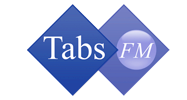
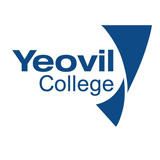
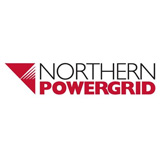
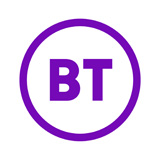
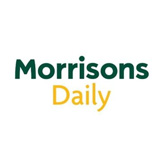
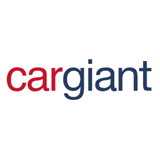
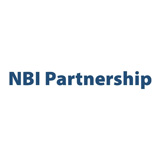

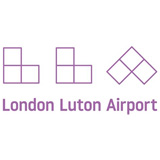









































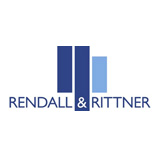

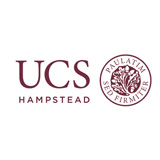
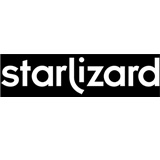
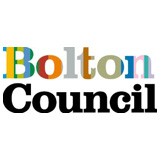
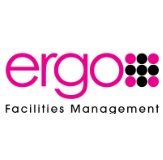
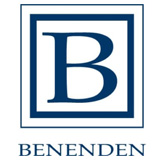
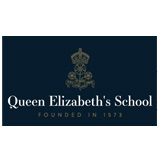

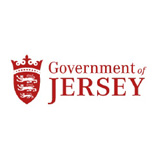
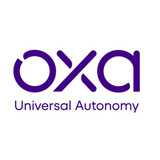

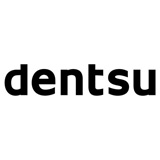
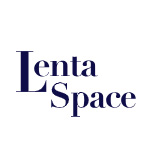


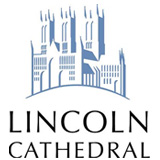


Follow us:
GDPR (Data Privacy)
Disclaimer
COVID-19